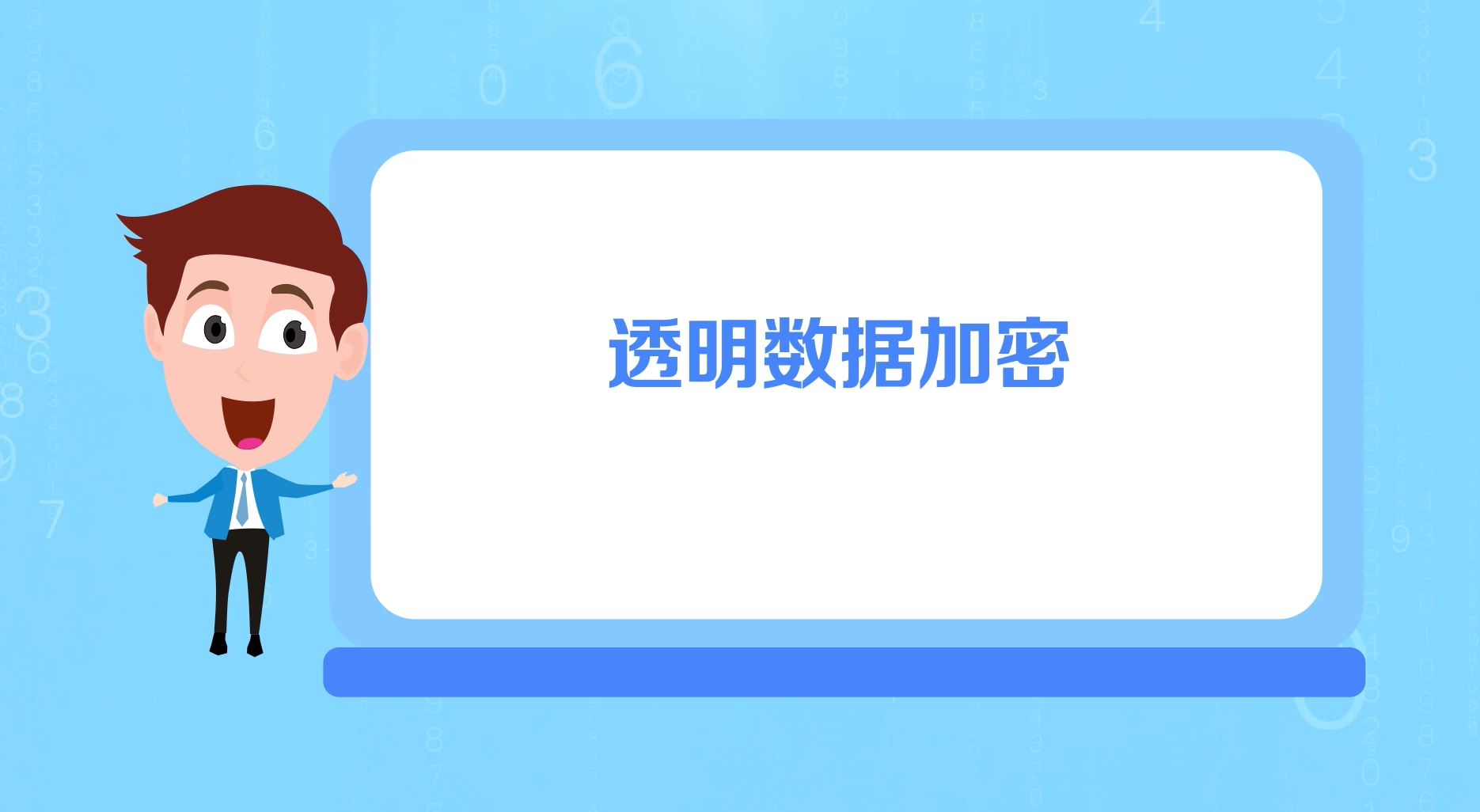axios基础入门
axios基础入门json-server安装在当前文件下建立db.json启动 json-server结果json-serverJSON-Server 是一个 Node 模块,运行 Express 服务器,你可以指定一个 json 文件作为 api 的数据源。如果没有写后台返回数据可以用这个来模拟后台返回的数据安装npm install -g json-server在当前文件下建立db.json{
·
axios基础入门
axios 是什么?
- 前端最流行的 ajax 请求库
- react/vue 官方都推荐使用 axios 发 ajax 请求
- 文档: https://github.com/axios/axios
axios 特点
- 基于 xhr + promise 的异步 ajax 请求库
- 浏览器端/node 端都可以使用
- 支持请求/响应拦截器
- 支持请求取消
- 请求/响应数据转换
- 批量发送多个请求
json-server
JSON-Server 是一个 Node 模块,运行 Express 服务器,你可以指定一个 json 文件作为 api 的数据源。如果没有写后台返回数据可以用这个来模拟后台返回的数据
安装
npm install -g json-server
在当前文件下建立db.json
{
"persons":[
{"id":1,"name":"zhangsan","age":18},
{"id":2,"name":"lisi","age":19}
],
"dogs":[
{"id":1,"name":"xiaohei","age":4},
{"id":2,"name":"xiaohuang","age":2}
],
"school":{"name":"wsyu"}
}
启动 json-server
json-server可以直接把一个json文件托管成一个具备全RESTful风格的API,并支持跨域、jsonp、路由订制、数据快照保存等功能的 web 服务器
json-server --watch db.json
结果
输出一下内容即成功
\{^_^}/ hi!
Loading db.json
Done
Resources
http://localhost:3000/persons
http://localhost:3000/dogs
http://localhost:3000/school
Home
http://localhost:3000
Type s + enter at any time to create a snapshot of the database
Watching...

get请求
注意axios发送get请求要带参数时,携带的应该是params而不是data
<body>
<script src="https://unpkg.com/axios/dist/axios.min.js"></script>
<div class="container">
<button>发送GET请求</button>
<button>发送POST请求</button>
<button>发送PUT请求</button>
<button>发送DELETE请求</button>
</div>
<script>
//获取按钮
const btns= document.querySelectorAll("button");
console.log(btns)
//get
btns[0].onclick=function(){
//发送AJAX请求
axios(
{
//请求方式
method: 'GET',
url: "http://localhost:3000/persons",
params: {
id:1
}
}
).then((response) => {
console.log(response)
});
}
</script>
</body>
简单写法
btns[0].onclick=function(){
//发送AJAX请求
axios.get("http://localhost:3000/persons",{params:{id:1}}).then((response) => {
console.log(response.data)
});
}

post请求
注意post请求参数是data时默认发送的数据格式是json格式参数
btns[1].onclick=function(){
axios({
method: 'POST',
url: "http://localhost:3000/persons",
data:{
name:"dyk",
age:18
}
}).then((response) => {
console.log(response.data)
});
}
简写
axios.post("http://localhost:3000/persons",{name:'dyk123',age:21}).then(response =>{
console.log(response.data)
})
如果想发urlencoded形式
btns[1].onclick=function(){
axios({
method: 'POST',
url: "http://localhost:3000/persons",
headers:{'Content-Type':'application/x-www-form-urlencoded'},
data:'name=cb&age=20'
}).then((response) => {
console.log(response.data)
});
}
put请求
axios({
method: 'PUT',
url: " http://localhost:3000/persons/1",
data: {
name:'dyk12',
age:8
}
}).then((response) => {
console.log(response.data)
});
简写
axios.put("http://localhost:3000/persons/1",{name:'rng',age:12}).then((response) => {
console.log(response.data)
});
delete请求
axios({
method: 'DELETE',
url: "http://localhost:3000/persons/1",
}).then((response) => {
console.log(response.data)
});
执行多个并发请求
function getUserAccount() {
return axios.get('/user/12345');
}
function getUserPermissions() {
return axios.get('/user/12345/permissions');
}
axios.all([getUserAccount(), getUserPermissions()])
.then(axios.spread(function (acct, perms) {
// 两个请求现在都执行完成
}));
全局的 axios 默认值
axios.defaults.baseURL = 'https://api.example.com';
axios.defaults.headers.common['Authorization'] = AUTH_TOKEN;
axios.defaults.headers.post['Content-Type'] = 'application/x-www-form-urlencoded';
简写路径
可以看见上面每个请求都写了http://localhost:3000/很长一串路径,可以简写
axios.defaults.baseURL="http://localhost:3000";
后面所有的url都可以省略路径,但不能省略/
<!DOCTYPE html>
<html lang="en">
<head>
<meta charset="UTF-8">
<meta http-equiv="X-UA-Compatible" content="IE=edge">
<meta name="viewport" content="width=device-width, initial-scale=1.0">
<title>axios</title>
</head>
<body>
<script src="https://unpkg.com/axios/dist/axios.min.js"></script>
<div class="container">
<button>发送GET请求</button>
<button>发送POST请求</button>
<button>发送PUT请求</button>
<button>发送DELETE请求</button>
</div>
<script>
//获取按钮
const btns= document.querySelectorAll("button");
axios.defaults.baseURL="http://localhost:3000";
//get
btns[0].onclick=function(){
//发送AJAX请求
axios.get("/persons",{params:{id:1}}).then((response) => {
console.log(response.data)
});
}
//post
//添加数据
btns[1].onclick=function(){
axios.post("/persons",{name:'dyk123',age:21}).then(response =>{
console.log(response.data)
})
}
btns[2].onclick=function(){
axios.put("/persons/1",{name:'rng',age:12}).then((response) => {
console.log(response.data)
});
}
btns[3].onclick=function(){
axios({
method: 'DELETE',
url: "/persons/2",
}).then((response) => {
console.log(response.data)
});
}
</script>
</body>
</html>
创建实例并添加配置
可以使用自定义配置新建一个 axios 实例
var instance = axios.create({
baseURL: 'https://some-domain.com/api/',
timeout: 1000,
headers: {'X-Custom-Header': 'foobar'}
});
用instance代替原来的axios
拦截器
在请求或响应被 then 或 catch 处理前拦截它们。
// 添加请求拦截器
axios.interceptors.request.use(function (config) {
// 在发送请求之前做些什么
return config;
}, function (error) {
// 对请求错误做些什么
return Promise.reject(error);
});
// 添加响应拦截器
axios.interceptors.response.use(function (response) {
// 对响应数据做点什么
return response;
}, function (error) {
// 对响应错误做点什么
return Promise.reject(error);
});
如果你想在稍后移除拦截器,可以这样:
var myInterceptor = axios.interceptors.request.use(function () {/*...*/});
axios.interceptors.request.eject(myInterceptor);
axios的get请求禁止缓存
用axios拦截器拦截请求,为get请求添加时间戳
//axios请求拦截器
axios.interceptors.request.use(config => {
if (/get/i.test(config.method)) { //判断get请求
config.params = config.params || {};
config.params.t = Date.parse(new Date())/1000; //添加时间戳
}
return config;
}, error => {
return Promise.reject(error);
})
更多推荐
 已为社区贡献5条内容
已为社区贡献5条内容









所有评论(0)